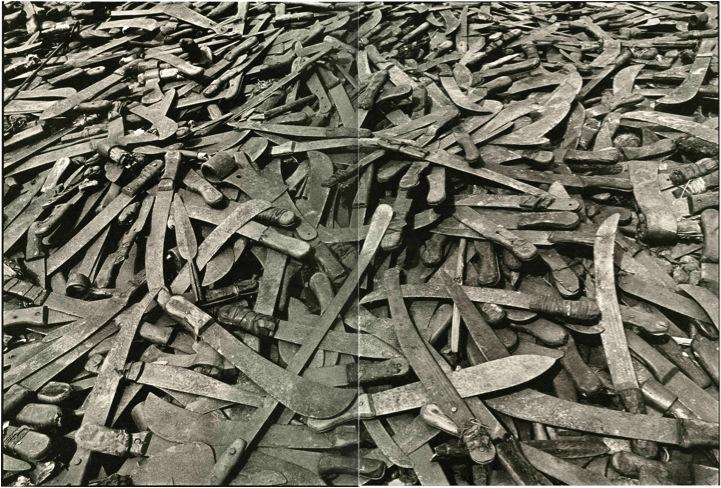Marxism focuses specifically on economic structure. Class and economic tension defines how agents act, and can thus explain events. From the example of the Rwandan genocide through Marxist analysis, we can see which aspects are important and how they would prevent further instances.
Lemarchand (French researcher) warned of class exploitation by the Hutu when hired to evaluate a World Bank project in the region. They were doing this systematically through favouritism and theft to encourage economic dependency.
The ‘commodity crash’ of the 1990s hit hard poor countries such as Rwanda dependent on their exports. The Hutu government relied upon these exports, as well as foreign aid to maintain their class structure. Amid famine and hardship the Rwandan government accepted a restructuring programme that devalued their currency, cut social welfare, and inflated prices. Other consequences of austerity were disease and malnutrition.
Instability and uncertainty due to economic woes caused actual conflict in the form of both war and genocide. Whilst it is debatable still whether the Hutu or the Tutsi first struck, both died in huge numbers due to a severely weakened government and economy.

One of the less graphic images of the genocide.
